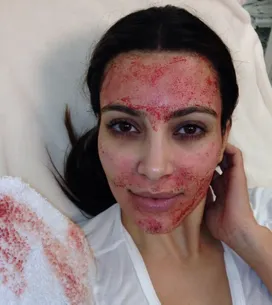Why do we get yellow teeth?
Enamel is a mineral layer that surrounds the dentin and protects your teeth. This enamel is damaged by aggressive brushing, especially with detergent toothpaste, or an over-acidic diet. Enamel colour varies from one person to the next: some people have naturally yellower teeth while others have pearly white teeth.
We can all avoid the acceleration of yellowing and limit it by making wise lifestyle choices: no red wine, no smoking, no coffee and no acidic foods. Cut these out and you'll be well on your way to Hollywood teeth.
Coke, fizz and many sweet drinks contain citric acid that makes teeth fragile. Never brush your teeth after drinking soft drinks: your teeth will be demineralised and won't have time to recover, so if you brush them you’ll brush away a layer of enamel. Coffee and tea colour the teeth but do not attack them deep down, but at least eliminate soft drinks and lemon if you're trying to perfect your teeth.
Home whitening kits
There are products available that promise to whiten teeth permanently (bands and flakes). They contain hydrogen peroxide, also by dentists for tooth whitening, but in weaker doses. Hydrogen peroxide only works on real teeth. We advise applying bicarbonate of soda on your toothbrush before brushing, a maximum of twice a week to restore whiteness, but don't overdo it or your teeth could become very sensitive.
Whitening toothpaste
Whitening toothpaste usually contains a lot of of silica, which has abrasive properties, so they are not recommended. Silica cleans the surface of the teeth silica but damages the enamel, and enamel does not grow back. If you decide to use whitening toothpaste, only use it twice a week, as for bicarbonate of soda.
Professional whitening
Whitening carried out by a dentist will have more visible and quicker results than home whitening, but the price puts many people off. The dentist usually performs three applications which last just a few minutes.
Laser whitening
Dentists now offer a new solution for whitening teeth: putting paste on the teeth and warming it up with a laser. Approach with caution as this method is harsh, slightly dangerous and can damage sensitive teeth.














